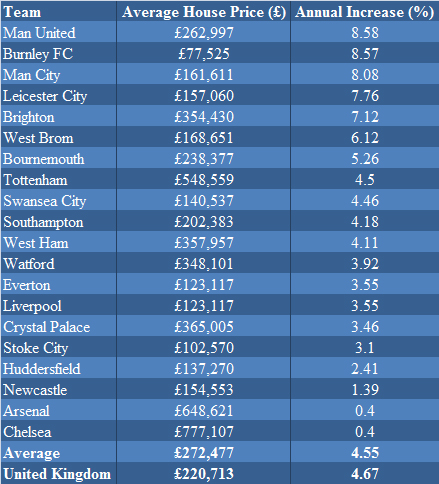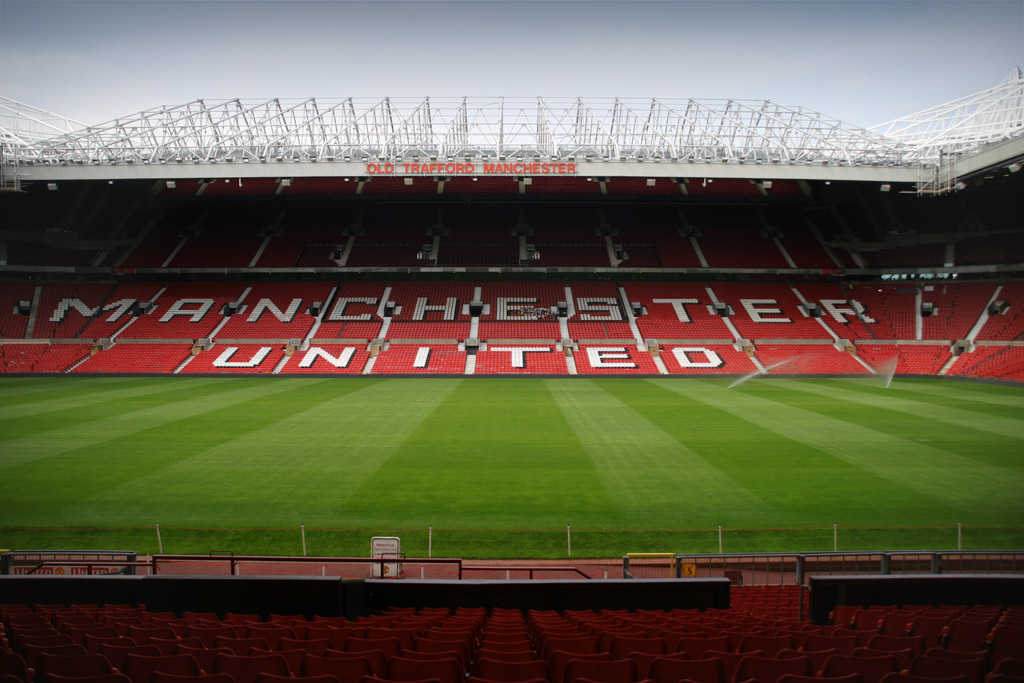Online estate agent eMoov has come up with a handy guide to property hot spots around England and Wales by mapping annual house price rises to the clubs in this year’s Premier League.
Few economic factors influence consumer spending more than rising or falling house prices, with confidence to make hefty purchases boosted in line with growing equity in people’s homes.
Small wonder that watch retailers always like to know the temperature of the local real estate market.
In the last 25 years, the average UK house price has increased by 302%.
Across the 20 teams playing in the top flight this year, the average house price reaches £272,447, with prices increasing on average by 4.55% since last season.
When looking at this year’s 20 Premier League teams where local house price growth is concerned, it’s Man United that returns to their former glory with the highest annual growth in the league at 8.58% and an average house price of £262,997.
Burnley struggled to stay up after promotion last year but where house price growth is concerned the Lancashire team are flying high, losing out on the top spot by the smallest of margins with prices having increased 8.57% in the last year. Despite this, Burnley is home to the most affordable property price in the league at just £77,525.
The North West also takes third place in the league with Man City seeing prices climb by 8.08%, Leicester flies the flag for the East Midlands with an increase of 7.76% and newly promoted Brighton performing well as the best team from the South with prices up by 7.12% annually.
Coincidentally, the two teams to open the footballing season in last week’s charity shield are also home to the lowest rate of price growth. A tough year for the London property market means Chelsea and Arsenal are the only two teams to see annual price growth slump below 1% (0.40%), with Newcastle heading straight back down in the third relegation spot (1.39%).
Founder and CEO of eMoov.co.uk, Russell Quirk, commented: “Although it’s unlikely the table will look like this at the end of the season, it does demonstrate that while there are pockets of the UK currently seeing a decline in price growth, there are also areas all over the nation enjoying very healthy increases in values.
It’s also interesting to see how rival areas are performing differently, particularly those in close proximity to each other. Although neighbours, Liverpool and Manchester are seeing different rates of growth, the higher end London clubs have seen prices stall whilst the capital’s peripheral teams are doing well, and Newcastle and Sunderland are seeing opposite fortunes in price growth terms.”


